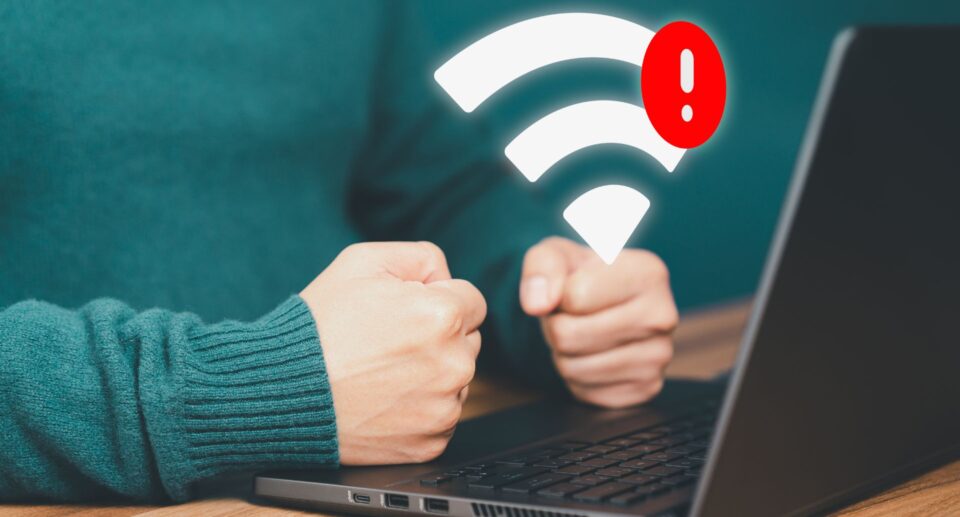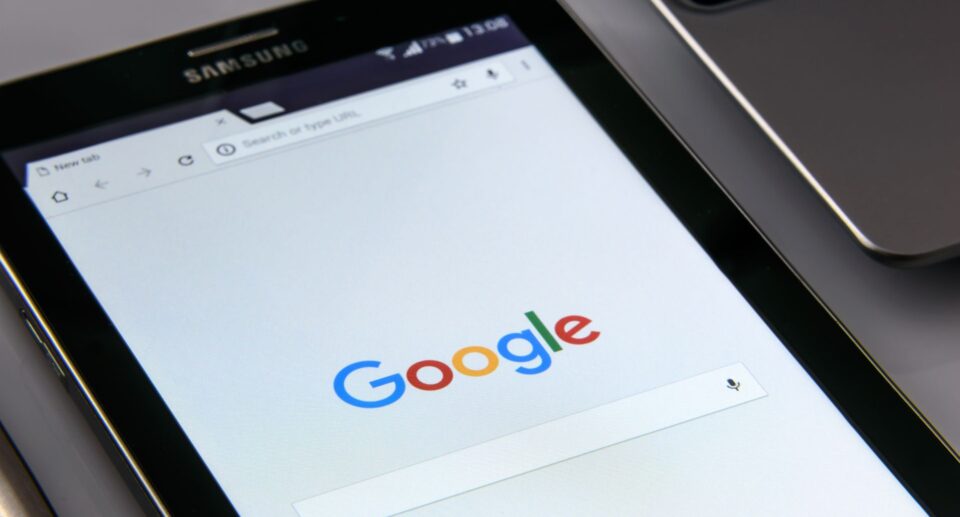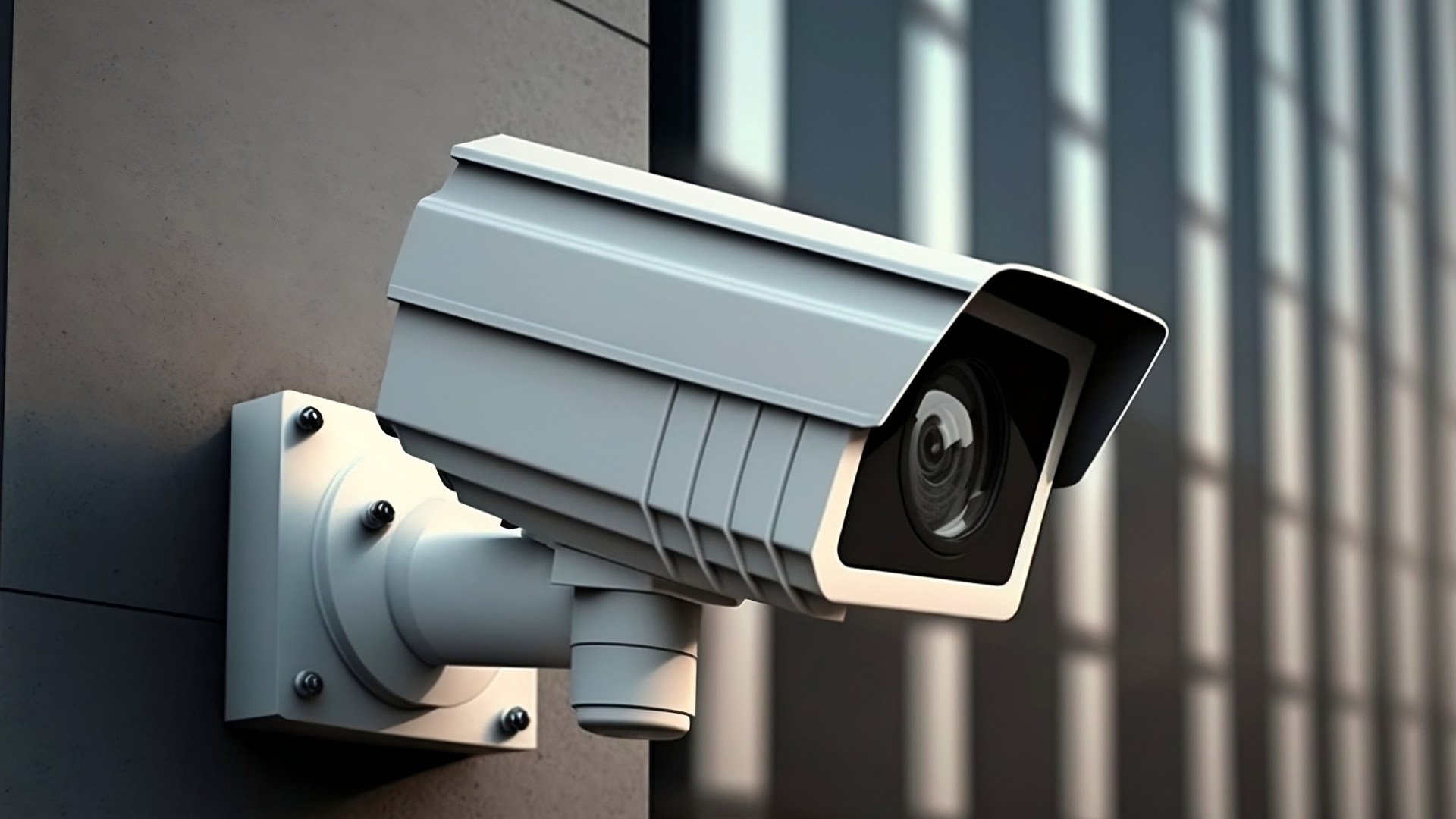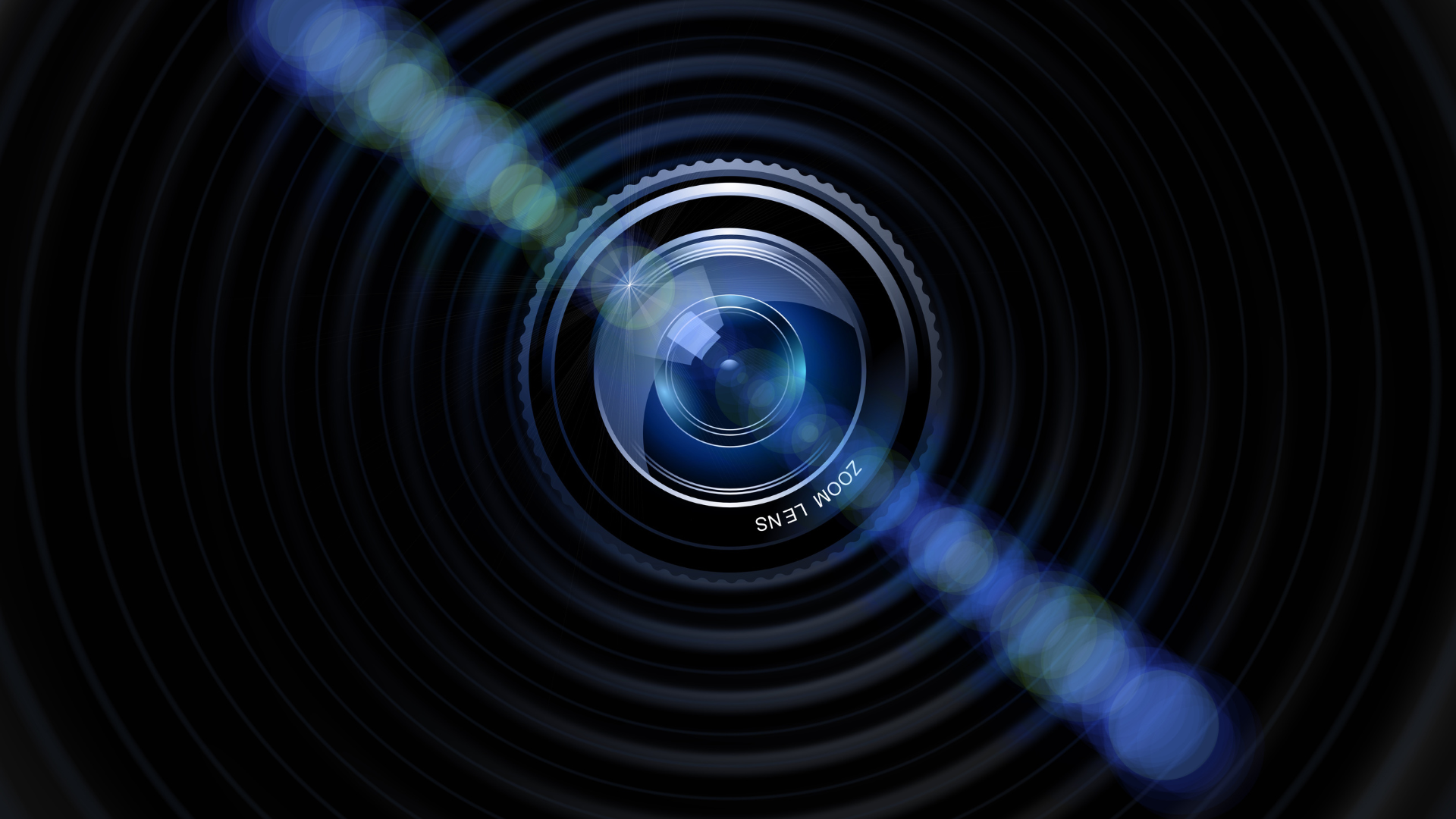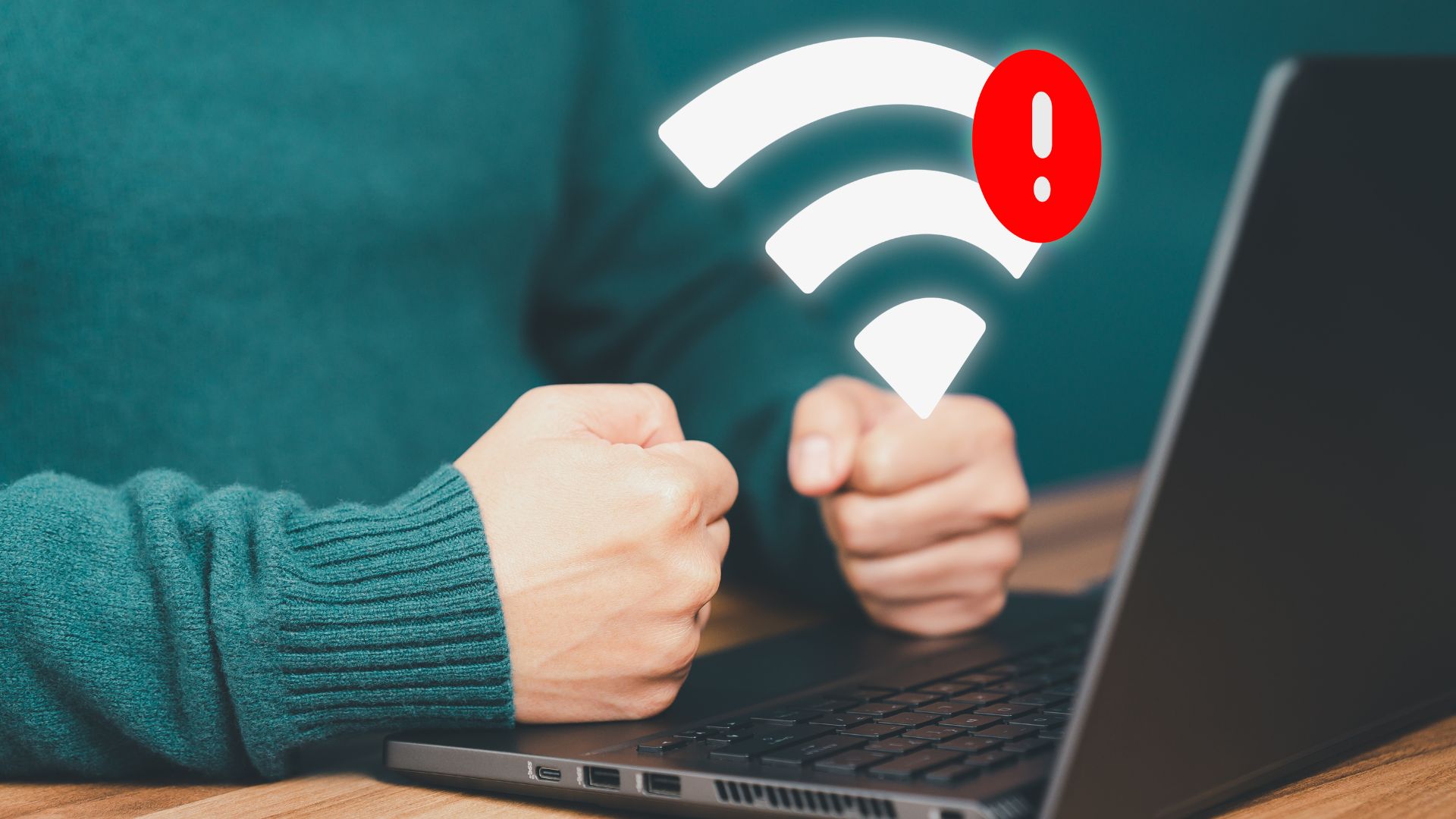How to Detect Hidden Cameras: Step-by-Step Guide
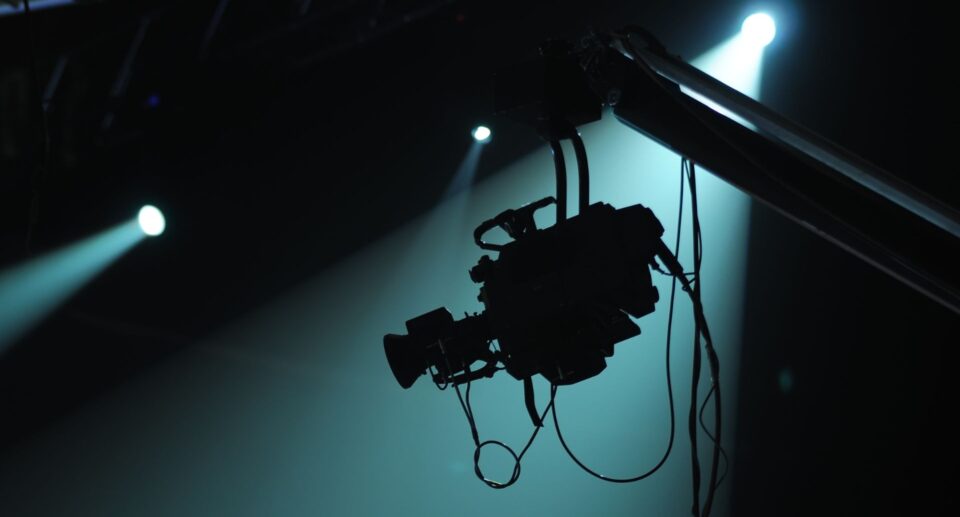
In today’s world, where privacy is often at risk, the presence of hidden cameras in hotel rooms, Airbnbs, or public restrooms is a real concern. These devices can be discreetly concealed in everyday objects like smoke detectors, alarm clocks, or picture frames, and may operate through wired or wireless networks. Thankfully, with some basic tools and simple steps, you can greatly lower the risk of being secretly recorded. This step-by-step guide shows you how to detect hidden cameras using easy-to-follow techniques and accessible technology.
Why People Use Hidden Cameras
Before exploring how to detect hidden cameras, it’s important to understand why they’re used. These devices are often placed for security and surveillance in homes or offices, or to monitor caregivers, such as with nanny cams.
However, they can also be misused for inappropriate spying in rental properties, hotel rooms, bathrooms, or changing areas. In some cases, hidden cameras are deployed for covert investigations by law enforcement. While not all uses are malicious, any recording without consent in private spaces is a serious privacy violation and may be illegal.
Step 1: Visually Inspect the Environment
Begin your hidden camera search with a careful visual inspection of the room, focusing on areas that provide a wide or strategic view. Check electronic devices like smoke detectors, alarm clocks, USB chargers, and TV boxes, as they often hide small lenses. Examine decor items such as picture frames, plants, and books, along with mirrors, especially in private areas. Look closely at ceiling corners, vents, and unusual holes, and use a flashlight to spot lens reflections that might expose a hidden camera.
Step 2: Listen for Unusual Sounds or Activity
Many hidden cameras, especially those that record audio or send data wirelessly, may emit faint sounds or interference. These might include:
- Clicking or buzzing noises from unfamiliar devices.
- High-pitched tones when a camera switches modes or adjusts focus.
- Unusual interference on nearby speakers or electronic equipment.
Turn off appliances and keep the room quiet to detect any unusual noises. Pay attention to anything out of the ordinary.
Step 3: Use Your Smartphone Camera to Scan for Infrared Lights
Many hidden cameras, especially those with night vision, use infrared (IR) LEDs to record in low light. While these IR lights are invisible to the naked eye, they can often be spotted with a smartphone camera. To check, turn off all the lights in the room, open your phone’s camera, and scan slowly, watching the screen for small glowing red or white lights. Focus on electronic devices or areas facing the room. Since some phones detect IR better with different lenses, try using both the front and rear cameras for best results.
Step 4: Scan the Room with a Hidden Camera Detector
For more advanced surveillance protection, consider using a hidden camera detector, a handheld device designed to locate hidden cameras by identifying radio frequency (RF) signals or reflecting light off camera lenses. These detectors work in two primary ways: RF detection scans for signals emitted by wireless cameras, while optical detection uses red light or lasers to spot hidden lenses. To use one effectively, first turn off all wireless devices in the room to reduce interference. Then, slowly sweep the detector over walls, ceilings, and objects, watching for alerts. These tools are ideal for travelers and professionals in sensitive environments.
Step 5: Check the Wi-Fi Network for Connected Devices
Hidden cameras often operate over Wi-Fi networks to stream footage remotely. You can use your smartphone or laptop to check what devices are connected to the same network.
Use tools like Fing (iOS/Android) or Who’s on My Wi-Fi? (desktop) to scan local networks for connected devices. Look for suspicious names like “IP Camera,” “Unknown Device,” or brands such as Hikvision or Dahua. If something seems off, disconnect the network or report it immediately.
Step 6: Cover or Disable Suspect Devices
If you suspect a hidden camera, take simple steps to block its view or disable it safely. Cover the lens with tape or a towel, or unplug the device if it’s safe to do so. Rearranging furniture or personal items can also obstruct its line of sight. Always report the incident to management or authorities if you believe your privacy is being violated. Avoid tampering or destroying the device, as it may be important evidence in a legal investigation.
Step 7: Perform a Two-Way Mirror Test
Mirrors can hide cameras, especially in bathrooms or dressing rooms. To test if a mirror is two-way, place your fingernail against its surface. If there’s a gap between your finger and its reflection, it’s a normal mirror. If your finger touches the reflection directly with no gap, it might be a two-way mirror. While not foolproof, this test is a helpful first step when you suspect a mirror’s true purpose.
Step 8: Stay Aware in Rental Properties and Public Spaces
Hidden cameras are more often found in short-term rentals, public bathrooms, and dressing rooms than in private homes. Although platforms like Airbnb prohibit unauthorized surveillance, some hosts may still install cameras covertly. To stay safe, check guest reviews for red flags, perform a visual scan upon arrival, and ask the host directly—they are legally required to disclose any cameras. Using travel camera detectors adds peace of mind. In public spaces, remain cautious in restrooms or fitting rooms, and report suspicious devices to management or authorities immediately.
Legal Considerations and Privacy Rights
In the U.S. and many countries, recording individuals in private spaces without their consent is illegal. This includes:
- Bathrooms
- Bedrooms
- Hotel rooms
- Dressing areas
If you find a hidden camera in one of these spaces, you should:
- Document the discovery with photos or videos.
- Avoid handling or damaging the camera.
- Contact the police or appropriate legal body.
- Notify the platform (Airbnb, hotel management, etc.) if it occurred in a rental.
Respect for personal privacy is a fundamental right. Taking action helps prevent such violations from happening to others.
Conclusion
Detecting hidden cameras might seem like something out of a spy movie, but it’s a practical skill in today’s digitally connected world. By learning how to visually inspect your surroundings, use smartphone tools, detect infrared signals, scan Wi-Fi networks, and use dedicated detectors, you can better protect your privacy wherever you go.
Whether you’re traveling, working in sensitive environments, or just safeguarding your home, staying alert and proactive ensures that your personal space remains just that—personal.





